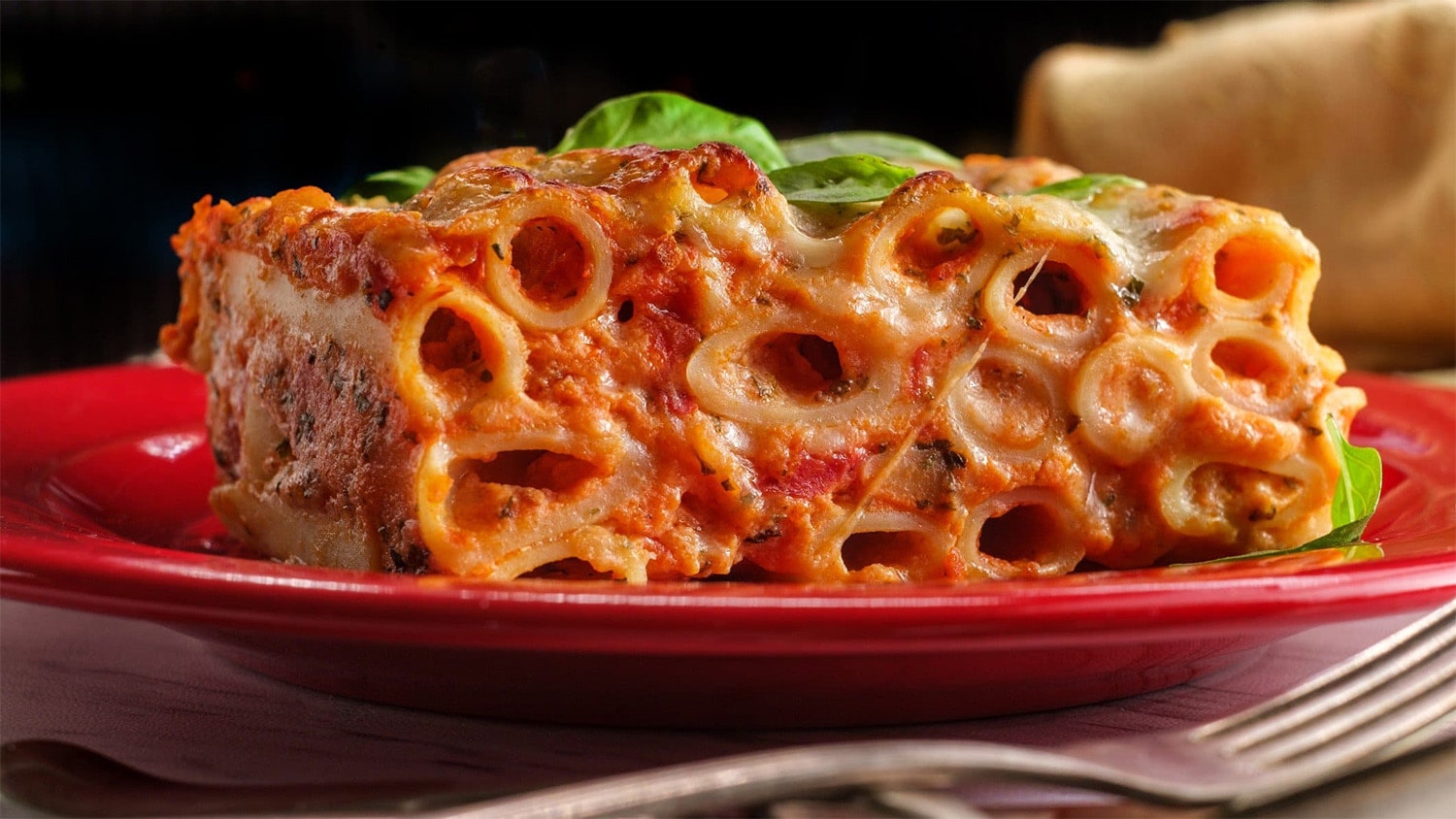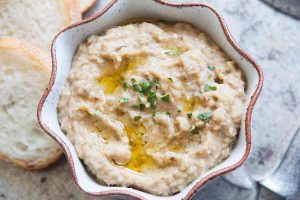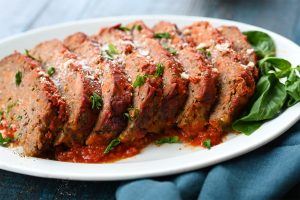
26 interesting facts about ziti al forno
- 👁️ 969
Ziti al forno, often simply called baked ziti, is a beloved dish among Italian cuisine enthusiasts and comfort food lovers around the world. This hearty pasta bake combines ziti noodles with marinara sauce, various cheeses, and sometimes meat, creating a dish that’s as satisfying to eat as it is fun to prepare. Originating from the kitchens of Southern Italy, ziti al forno has found a special place on dinner tables everywhere, particularly in Italian-American communities. The dish’s popularity comes from its versatility and the ease with which it can be customized to suit different tastes and dietary preferences.
- Ziti al forno translates to “ziti baked in the oven” in Italian.
- The dish typically features ziti pasta, which is a long, smooth, hollow rod-shaped noodle.
- Traditionally, ziti al forno is layered like lasagna with ricotta, mozzarella, and Parmesan cheeses along with a tomato-based marinara sauce.
- It is often covered with foil during the initial phase of baking to keep the moisture in and prevent the top from burning.
- The dish can be made vegetarian or enriched with ground meats like beef, pork, or sausage.
- Ziti al forno is a popular dish for large gatherings and potlucks because it can be prepared in large quantities and baked in one dish.
- The pasta should be cooked al dente before baking to avoid becoming too soft during the oven baking process.
- Some variations include adding vegetables such as mushrooms, bell peppers, or spinach.
- A common customization in the United States involves adding a layer of sliced mozzarella on top for extra cheesiness.
- The dish is sometimes topped with breadcrumbs for added texture.
- It’s a common misconception that baked ziti and lasagna taste the same; the texture and layering of the pasta make them distinct.
- In Italy, ziti is traditionally broken by hand before boiling, which is said to bring luck.
- Ziti al forno is often served during special occasions and holidays, particularly Christmas and weddings.
- Leftover ziti al forno can be refrigerated and tastes just as good reheated the next day.
- When preparing ziti al forno, some chefs recommend mixing egg with ricotta cheese to help the layer set and slice more neatly.
- The best results are achieved by baking the dish at a moderate temperature, usually between 350°F and 375°F.
- It is recommended to let the dish rest for a few minutes after baking to allow it to set, making it easier to serve.
- Ziti al forno was popularized in America by Italian immigrants who adapted their traditional recipes to available ingredients.
- The term ‘ziti’ derives from the word ‘zita’, meaning bride, hence it’s association with weddings.
- In a traditional Italian setting, the ziti pasta might be slightly different, having ridges on the surface.
- Adding a small amount of sugar to the tomato sauce can balance the acidity, enhancing the overall flavor.
- Some recipes suggest a splash of red wine in the sauce to deepen the flavor.
- Cooking the pasta in salted water enhances its taste and ensures the pasta isn’t bland.
- Nutritional yeast or cashew cheese can be used as substitutes to make the dish vegan.
- The key to a great ziti al forno is in the layering, ensuring each mouthful has an even distribution of pasta, sauce, and cheese.
- It is also a freezer-friendly dish, making it perfect for meal prepping and last-minute dinners.
Ziti al forno is more than just a dish; it’s a cultural symbol, a centerpiece for gatherings, and a testament to the comfort provided by a hearty meal. Its ability to be both a simple family dinner and part of a festive feast underscores its versatility and enduring popularity. Whether enjoyed in a cozy kitchen or at a large celebration, ziti al forno brings smiles and satisfaction, proving that sometimes the simplest dishes are the most memorable.











